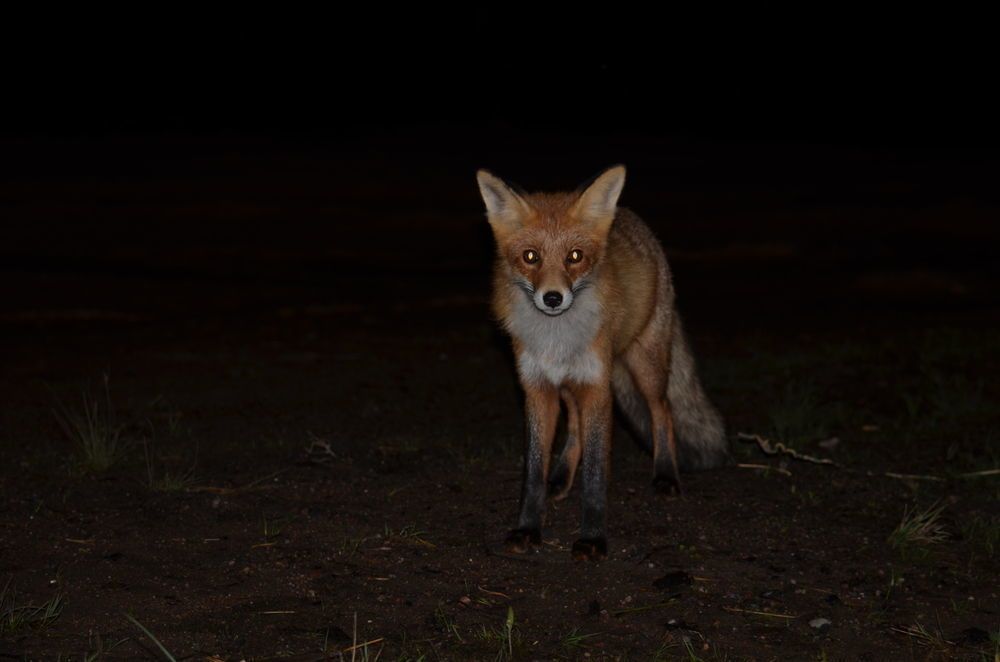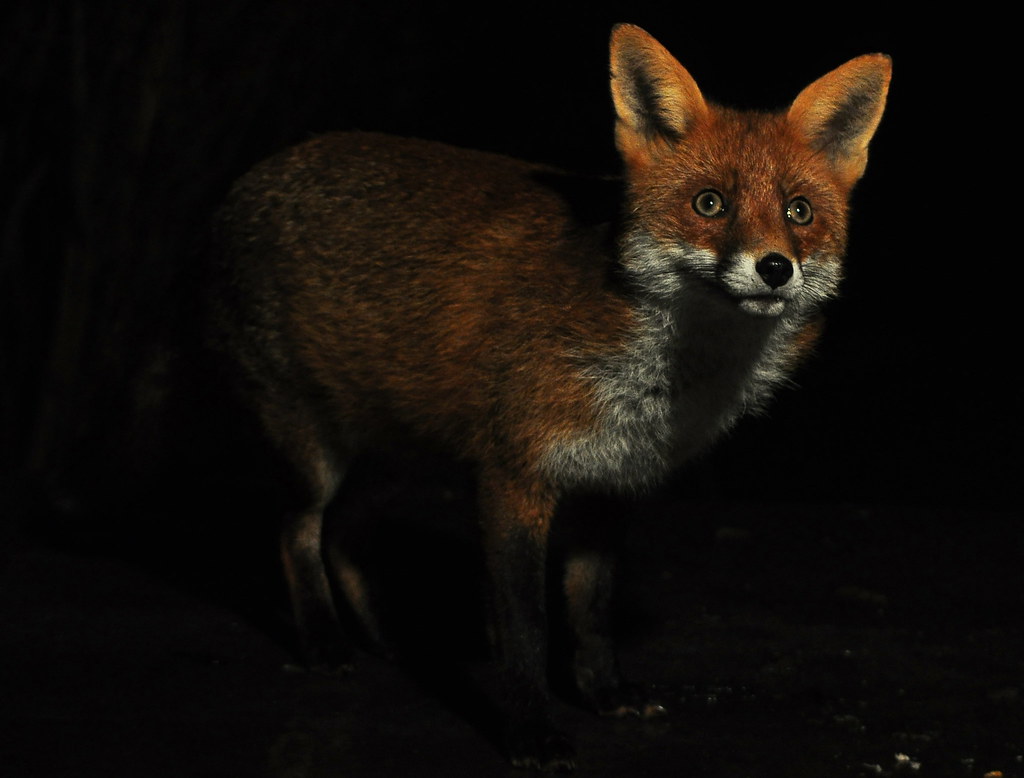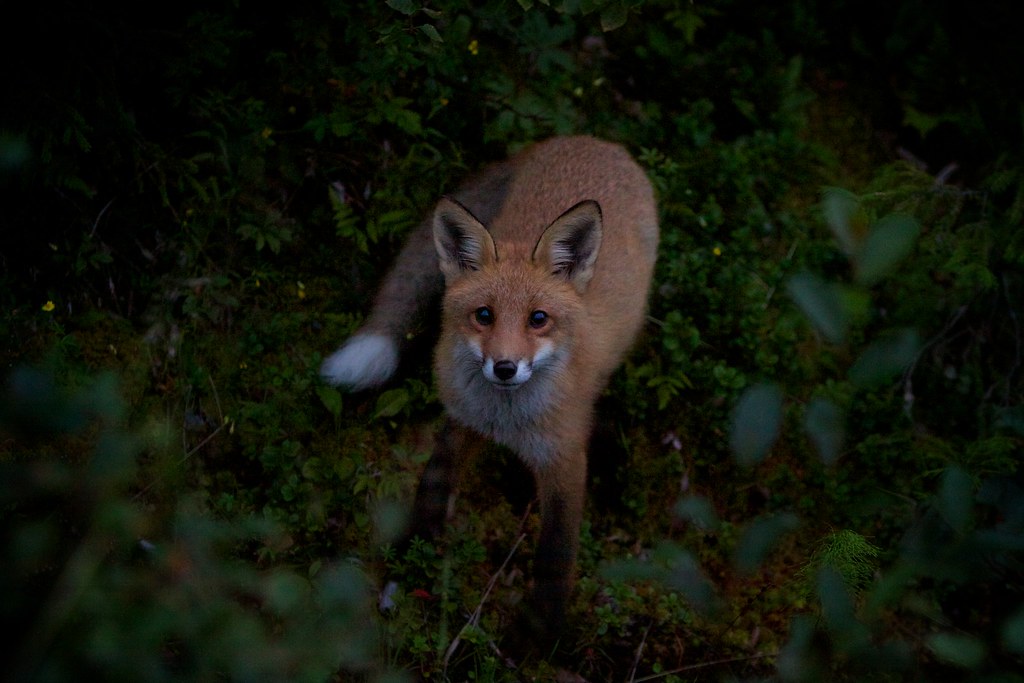Table of Contents
ToggleIntroduction
Calling Foxes At Night: As the sun dips below the horizon and the world transforms into a nocturnal realm, an age-old practice comes to life—calling foxes at night. This ancient art, steeped in mystery and tradition, draws upon the instinctual connection between humans and these elusive creatures. The nighttime landscape becomes a stage where humans and foxes engage in a silent dialogue, an ethereal exchange that transcends the boundaries of domestication and wildness.
Techniques of Calling Foxes:

Understanding Fox Vocalizations:
Calling foxes efficiently begins with a deep understanding of their vocal repertoire. Foxes communicate using an array of sounds, each with specific meanings. Common vocalizations include barks, screams, and various short calls. For instance, vixens may emit high-pitched screams during the mating season, while barks might indicate territorial warnings or social interactions. By familiarizing themselves with these vocalizations, practitioners of fox calling can decipher the nuances of fox communication, enhancing their ability to elicit responses.
Tools and Methods for Effective Calls:
Electronic Calls: Modern technology has introduced electronic calls that replicate fox vocalizations with precision. These devices often come with pre-recorded sound libraries, allowing users to select specific calls based on the situation. Electronic calls offer consistency and can be particularly effective for novices or those without the ability to mimic fox sounds manually.
Mouth Calls: Traditionalists often prefer mouth calls, which require the caller to replicate fox sounds using their vocal abilities. This method demands practice to achieve accuracy, but it can offer a more authentic and nuanced approach, allowing callers to adapt their sounds based on the situation. Common mouth calls include imitations of distress calls, mating calls, or territorial barks.
Decoys: Aural enhancement through the use of visual elements; decoys mimic the presence of other foxes. These can include visual cues such as fox-shaped decoys or even the use of scents to enhance the illusion. Combining auditory calls with visual stimuli can create a more convincing and immersive experience for the fox.
The Art of Mimicking Fox Sounds:
Mimicking fox sounds requires a keen ear and dedicated practice. Successful mimics often study recordings of fox vocalizations to grasp the subtle nuances in pitch, tone, and rhythm. Here are some key techniques:
Distress Calls: Imitating the distressed sounds of a rabbit or another small mammal can attract foxes, as they perceive it as an opportunity for an easy meal.
Mating Calls: Vixen screams, and mating calls are particularly effective during the breeding season. Replicating these sounds can pique the interest of male foxes in the vicinity.
Territorial Barks: Mimicking territorial barks can provoke responses from resident foxes, triggering a vocal exchange that adds to the overall effectiveness of the calling experience.
Folklore and Traditions:
Historical Significance of Calling Foxes at Night:
The practice of calling foxes at night carries deep historical significance, rooted in the folklore and traditions of various cultures. Throughout history, foxes have held a unique place in the mythology and symbolism of different societies. In many cultures, the fox is revered for its cunning nature, seen as a clever and elusive creature that embodies both mystery and adaptability.
The historical significance of calling foxes at night is often tied to rituals, where the nocturnal dialogue with foxes was believed to invoke blessings, protection, or guidance. Some ancient societies viewed foxes as messengers between the earthly and spiritual realms, and calling them at night was a way to communicate with unseen forces or receive guidance from the mysterious world beyond.
Cultural Practices and Beliefs Surrounding Fox Communication:
In various cultures, calling foxes at night is associated with specific beliefs and practices. Some cultures consider the fox a harbinger of change or a messenger between realms. In Chinese folklore, for example, the fox is associated with both malevolence and benevolence, often depicted as a shape-shifting creature capable of taking human form. In this context, calling foxes might be seen as an attempt to communicate with these supernatural beings or seek their favor.
In Native American traditions, foxes are often regarded as wise and crafty tricksters, and calling them at night could be linked to seeking guidance or invoking the clever spirit of the fox. Understanding the cultural context and beliefs surrounding fox communication adds depth to the practice, turning it into a cultural bridge between humans and the symbolic significance of the fox in different societies.
The Nocturnal Symphony:
Exploring the Soundscape of the Nighttime Wilderness:
When engaging in the art of calling foxes at night, participants step into a realm where the natural world transforms into a symphony of sounds. The nocturnal wilderness comes alive with a chorus of crickets, the rustling of leaves, and the distant calls of owls. This acoustic landscape sets the stage for the nuanced dialogue between humans and foxes.
The soundscape of the nighttime wilderness is an integral part of the calling experience. Understanding and appreciating the various elements contributing to this symphony enhances the immersive nature of the encounter. The gentle breeze through the trees, the distant hooting of an owl, and the occasional howl of a distant coyote all intertwine with the human attempt to mimic fox vocalizations, creating a harmony that resonates with the mysteries of the night.
The Role of Other Nocturnal Creatures in the Fox Calling Experience:
Calling foxes at night involves more than just a dialogue between humans and foxes; it is a collaborative effort with the entire cast of the nocturnal world. Other creatures, both seen and unseen, play a crucial role in shaping the experience. Nighttime insects contribute their rhythmic chirping, while small mammals scurry in the underbrush, adding layers to the sonic tapestry.
These cohabitants of the night become unwitting participants in the nocturnal symphony, responding to the calls or adding their contributions. The role of these creatures extends beyond the audible; the rustling of leaves, the fluttering of wings, and the occasional snap of a twig create an atmospheric ambiance that envelops participants in the immersive and enchanting world of the night.

Conclusion
In the stillness of the night, where shadows play, and the moon casts its silvery glow, calling foxes becomes more than a mere pursuit—it transforms into a timeless connection between humanity and the wild. As we conclude our exploration into the art of calling foxes at night, we find ourselves immersed in the echoes of an ancient dance, where human calls and fox responses intertwine in a symphony of the nocturnal world.
Calling foxes at night is a bridge between the known and the mysterious, a practice that taps into the primal instincts of both caller and fox. The folklore surrounding this tradition speaks of a symbiosis between species. This communication transcends language barriers and touches the essence of the untamed spirit that binds us to the natural world.







